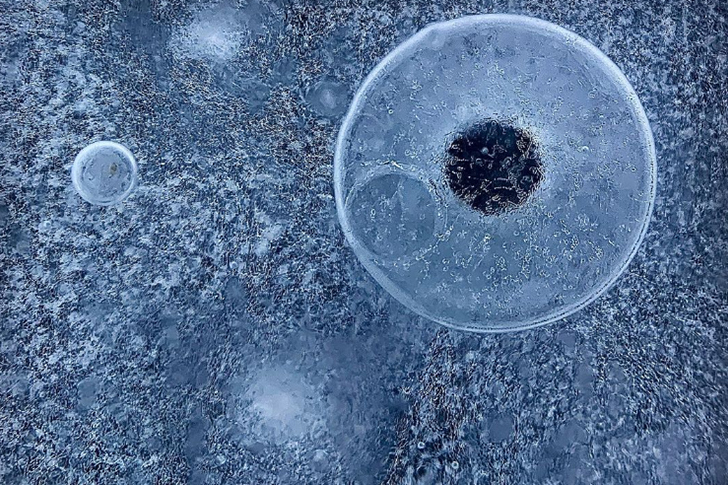6 Natural Occurrences In Nature That Seems Too Magical To Be Real
Modern science approximates our planet to be 4.5 billion years old, while our human ancestors have been around for only around 6 million years. Throughout the course of human history, we have always looked upon nature for answers to the existential questions that have plagued our minds. Oftentimes, even with the advent of technological advancements, we acquire more and more unanswered questions rather than answers. Planet Earth is ever filled with wonder and phenomena that certain occurrences still appear to be rooted in magic rather than natural. Still, we have time and science as insurance to acquire more knowledge and answers with regards to our amazing planet. Here are six examples of natural phenomena that beguile even the great minds of our modern society.
1. The Hum

The Hum is an audible series of phenomena that can only be perceived by certain types of individuals. It is an invasive and persistent low-frequency noise that is similar to a hum. To this day, scientists only have theories on how this natural phenomenon occurs. The Hum is said to be heard in different geographical places, but the most prominent case was given credit to that in Taos City, Mexico, for which they dubbed “Taos Hum.”
2. Flammable Ice Bubbles

Flammable ice bubbles may sound like an oxymoron, but they do exist and can be typically found on frozen lakes such as Alberta’s Lake Abraham. This phenomenon reportedly occurs when dead animals or plants are washed into the water, where bacteria decompose them to the degree that methane is released into the environment. The gas then gets trapped in a bubble and eventually gets frozen within the freezing waters. The result is an enchanting piece of artwork that is visible on the surface of a frozen lake.
3. Ice Circles

The Ice circles phenomena are rarely spotted in extremely cold environments. At a glance, they look like crop circles but laid out on the surface of frozen bodies of water. While certainly not made by extra-terrestrials, scientists have their investments in the theory that the ice circles are formed when a slow stream of water causes a frozen surface to rotate until it eventually forms a disk of ice.
4. Fire Whirls

Fire whirls, also known as a fire tornado, looks like something a great wizard may cast upon its enemies. It is a phenomenon where fire creates a whirling effect, like a tornado, caused by a combination of air currents and varying air temperatures in its surroundings. It is such a sight to behold, to a degree where some people have named it Fire Devil. Some sightings report that the phenomenon only lasts for a few minutes but can grow to a size, 30 to 200 feet tall with widths of about 15 feet. Now that’s something you would surely want to see but not in close proximity.
5. Red Tides

The red tide phenomena usually occur in warm waters when massive numbers of phytoplankton or algae clump together near the surface of the sea to a degree where they paint the waters red. As enchanting as it may look, the red tide is not a natural part of the cycle of tides and can cause harm to a great number of fish. When grouped together, especially at a massive scale, Algae release venoms that are detrimental to other marine life.
6. Aurora Borealis

The Aurora Borealis is probably one of the most amazing spectacles you can witness in nature. The Vikings believed it to be the reflection of the Valkyries’ armors, and some also referred to it as the Rainbow Bridge or the Bifrost Bridge, which led fallen warriors to the halls of Valhalla. Nowadays, to the credit of modern science, we know that the Aurora Borealis or the Northern Lights is a phenomenon caused by solar storms occurring at high altitudes, which results in various bright beams of lights fanning wide across the skies.
Photo Sources: Pinterest, Twitter, Instagram

Recent Comments